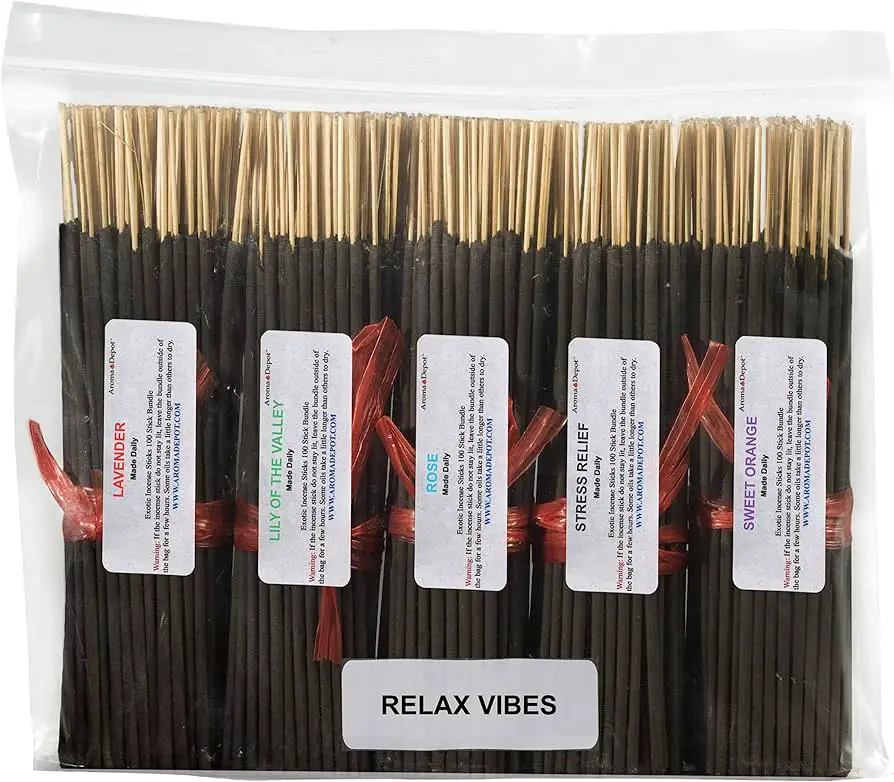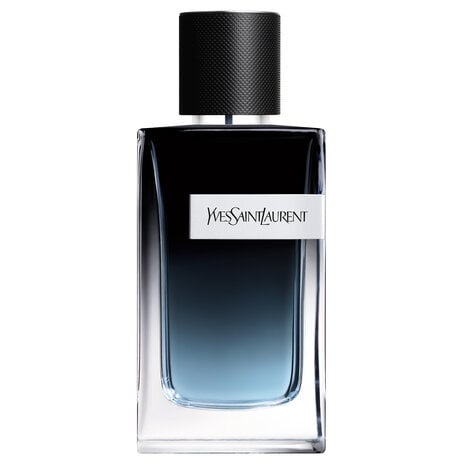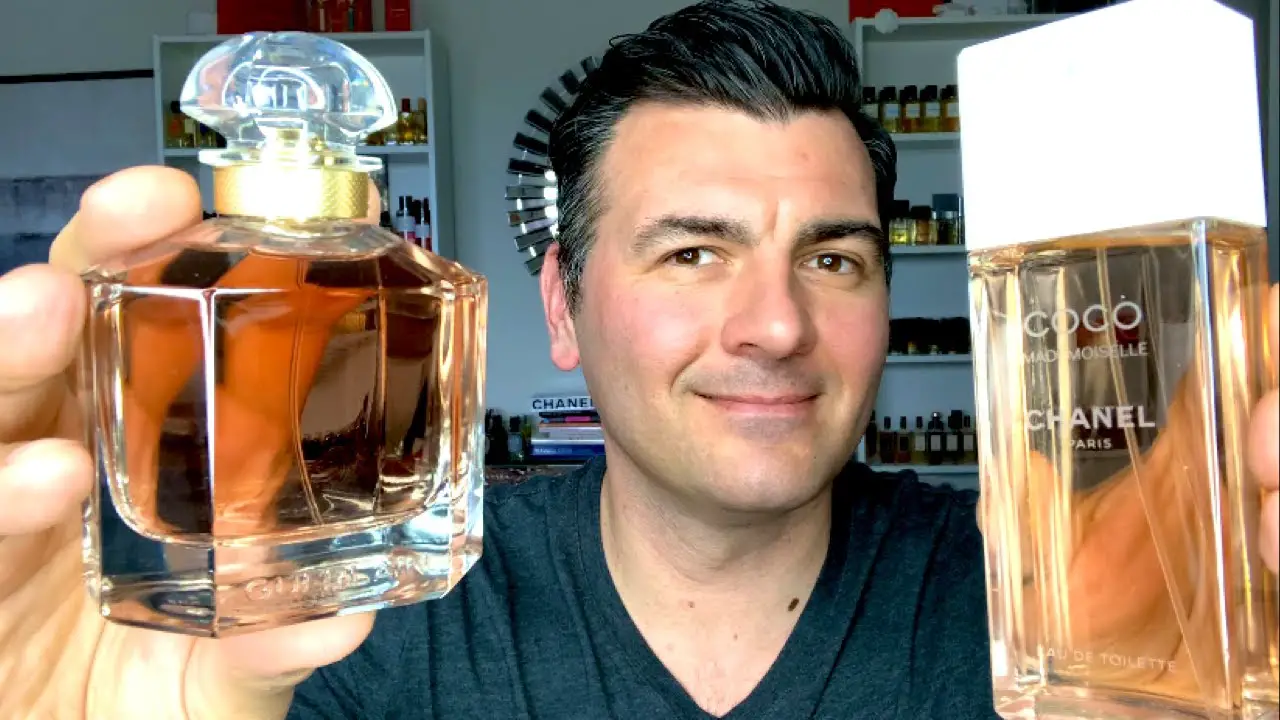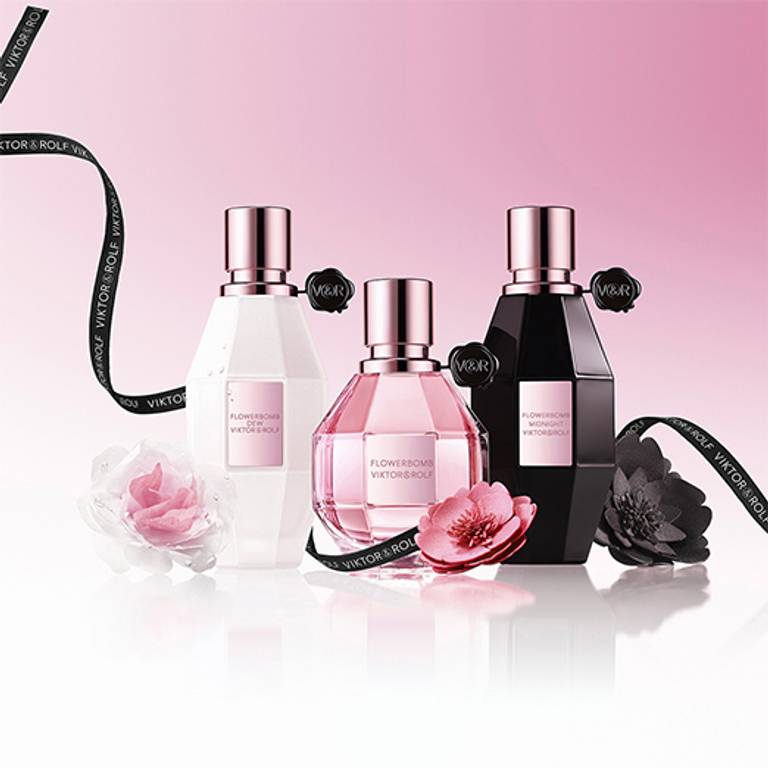In the vast world of fragrances, the boundaries between what is considered “feminine” and “masculine” are continually evolving. While traditional perfumes for women have often focused on soft, floral, or sweet notes, there’s been a noticeable shift towards embracing traditionally “masculine” scents in women’s perfumes. These androgynous fragrances are rewriting the olfactory rules, offering women an expanded sensory palette that transcends gender norms.
Historical Backdrop: The Evolution of Scents
In ancient civilizations, fragrances weren’t bound by gender. Resins, herbs, and spices like frankincense, myrrh, and sandalwood were widely used, regardless of gender. It was only in more recent times, with the commercialization of perfumes, that scents began to be categorized along gender lines.
Why Women Are Drawn to “Masculine” Scents
- Complexity and Depth: Men’s colognes often have richness and depth to them, with spicy, woody, and musky notes that provide a multi-layered sensory experience.
- Empowerment and Confidence: Wearing a bold, traditionally masculine scent can evoke feelings of empowerment, strength, and independence.
- Nostalgia and Memory: Some women are drawn to “masculine” scents because they remind them of a loved one or a specific moment in time.
- Desire for Uniqueness: Wearing a fragrance that strays from the norm can make a statement and set one apart from the crowd.
Popular Androgynous Fragrances
Several women’s perfumes are inspired by or directly borrow notes from men’s colognes:
- Chanel’s Coco Mademoiselle: While it starts with fresh and vibrant notes of orange, its base of patchouli and vetiver gives it a deep, earthy touch.
- Tom Ford’s Black Orchid: With rich notes of truffle, black orchid, and dark chocolate, it’s a sensual blend that appeals to many women and men alike.
- Jo Malone’s Wood Sage & Sea Salt: A fresh yet woody fragrance that captures the essence of the British coast, drawing inspiration from both feminine and masculine scent profiles.
- Le Labo’s Santal 33: A favorite among many, its intoxicating mix of sandalwood, cedarwood, cardamom, and leather evokes a sense of mystery and allure.
Conclusion
The fluidity of fragrances reflects the broader cultural shift towards breaking down gender barriers and embracing individuality. As more women opt for traditionally “masculine” scents, it serves as a reminder that perfume, like fashion and style, is a personal choice, unbound by societal expectations. The world of androgynous fragrances invites exploration, self-expression, and the joy of finding a scent that resonates with one’s unique spirit.









